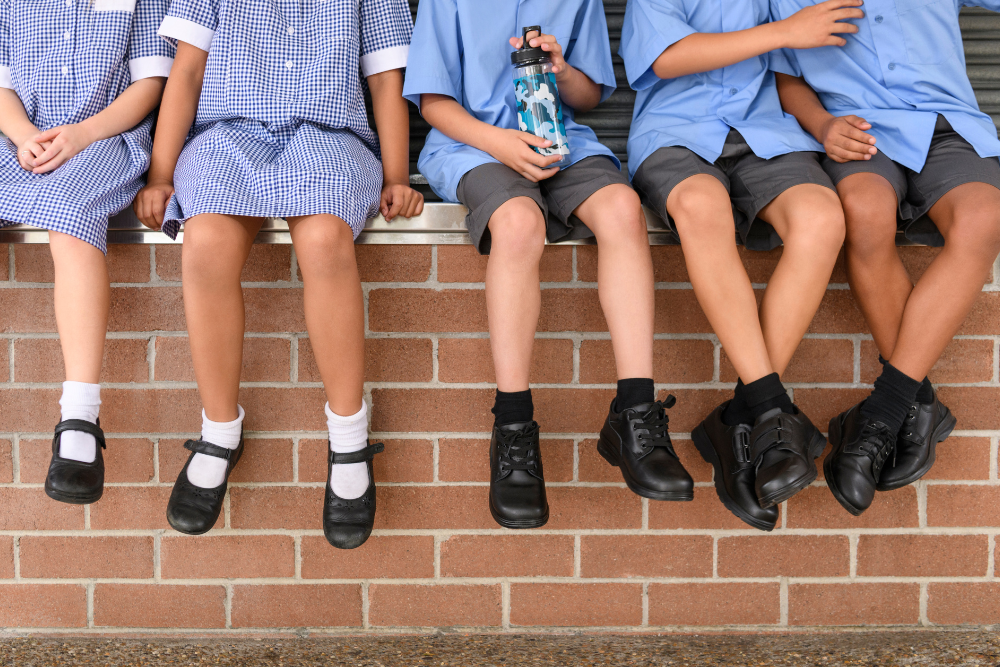WORDS: Hayley Uden, Paediatric Podiatrist, and Clinical Education Consultant at Australian Podiatry Association
Fitting kids’ shoes is not the most fun you can have as a parent.
This process is often fraught with tantrums, chaos and confusion. Whether you are trying to catch, restrain and fit shoes on a toddler OR fit shoes for an un-impressed, slightly despondent teenager, all of us could use some helpful hints.
There are many tips that can help you achieve success from a shoe fitting experience:
• Get shoes fitted at the start of the day – This helps to avoid swelling that happens in the heat of summer and after long active days. This can also avoid taking a child after a long day at childcare or the horror of exposing a pair of sweaty, stinky feet at the end of a school day.
• Avoid the busiest shopping times – This allows a calmer environment to get some constructive feedback from your kiddies when they are trying shoes on and having a walk around the shop.
• Ensure their toes can wiggle freely in the shoe.
• Allow 1cm between their longest toe and the end of the shoe – This allows enough space for a small amount of growth, but not too much that the shoe is too loose.
• Make sure the shoes can be adjusted – Laces, velcro and buckles are all features to look for. Always avoiding elastic, slip-ons and zips.
• Take their school socks and/or stockings shopping with you – This will help to make sure the shoe has enough depth for your children’s feet and can fit comfortably with uniform requirements.
Why have your kids’ shoes professionally fitted?
As a Paediatric Podiatrist, we recommend that children have shoes that fit correctly so you can reduce the likelihood of experiencing the following:
• Blistering – This can occur when shoes are both too small or too big.
• Cramped toes – Our toes need to be positioned correctly to assist with balance and function, not to mention, cramped conditions are very uncomfortable for the wee little piggies.
• Foot pain – Ill-fitting shoes can be one of the factors that promote foot pain, such as arch pain, heel pain and ball of the foot pain.
• In-grown toenails – These are common occurrences in childhood, making sure you get the correct fit of ‘shoe and sock combo’, can aid in reducing some of the factors that promote in-grown toenails from developing.
• Reduced physical activity – Trying to run, skip, hop and jump in shoes that are too tight or too big is a sure way to reduce your child’s activity skills due to discomfort.
One last tip to think about: For most children they are going to spend up to 8 hours in their school shoes per day. They are going to be active in these shoes; therefore the shoes should provide proper support to enable them to do this. School shoes have come a long way, and the reputable brands have spent time producing intuitive footwear that meet all the school uniform requirements but feel and function like sports shoes.
If you would like more resources on getting the right school shoe fit – check out this helpful page.
If your child has particularly hard to fit feet or they are experiencing foot pain or discomfort, it is highly recommended you visit a podiatrist – find one in your local area here.
For more information:
foothealthaustralia.org.au/back-to-school






